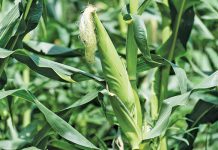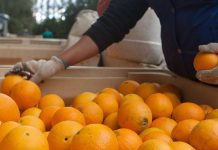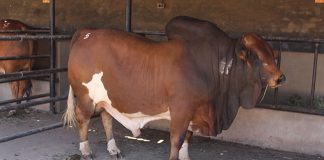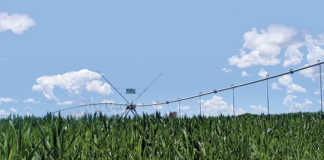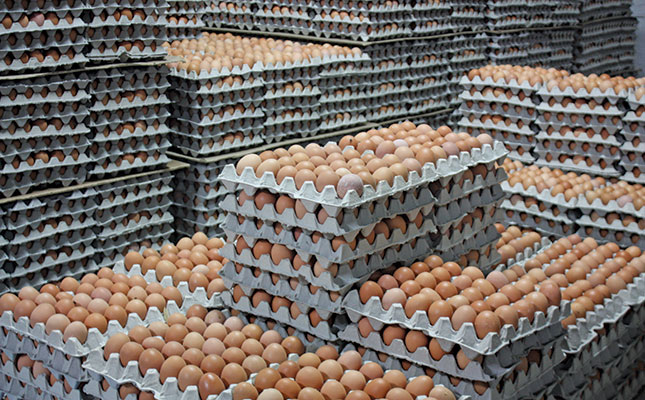
This was despite headline inflation decreasing to 5,9% y/y for August 2016 from 6% y/y for July 2016.
However, according to Agbiz head of Agribusiness Research, Wandile Sihlobo, food price inflation including non-alcoholic beverages remained unchanged at 11,3% y/y from July 2016 to August 2016.
These figures were based on a food basket consisting of bread, cereals, meat, fish, milk, eggs, cheese, oils and fats, fruit, vegetables, sugar, sweets and desserts, and non-alcoholic beverages, amongst others.
“The increase in bread and cereal inflation is still reflective of the effects of the 2015/2016 drought, which has led to lower grain supplies and, in turn, higher prices,” said Sihlobo.
The rise in egg inflation was in line with increases in poultry feed prices, which was a result of higher grain prices. The increase in milk and cheese inflation coincided with seasonal milk prices, which normally reached higher levels during winter due to lower domestic milk supplies.
“The increases in sugar, sweets and desserts inflation signifies the effects of the 2015/2016 drought on sugar cane production,” Sihlobo said.
South African Grain Information Services (SAGIS) reported that over the 12 months from July 2015 to June 2016, the country produced more than two billion loaves of bread. Of these, 49,81% consisted of white bread, 48,49% consisted of brown bread, 1,57% was wholewheat bread, and 0,13% consisted of speciality breads.
Sihlobo said that for the same period, brown bread production had increased by 5%, while white bread production had increased by 3%.
According to SAGIS, maize products for human consumption included over 4,3 million tons white maize and 492 769t yellow maize for July 2015 to June 2016.
“South Africa produced on average 252 265t [maize meal]per month. About 75% of this was super maize meal, 15% was special maize meal, and the balance was samp, sifted maize meal, grits and rice,” said Sihlobo.
The country’s overall maize meal production fell by 8%, super maize meal production fell by 7% and special maize meal production fell by 14%.
“These declines were partly due to substitution with other starches such as bread, potatoes and rice,” said Sihlobo.
Agbiz expected dairy product inflation to remain elevated over the next few months, with inflation expected to begin slowing only when grazing recovered. Meat inflation was also expected to increase as livestock slaughterings decreased.





